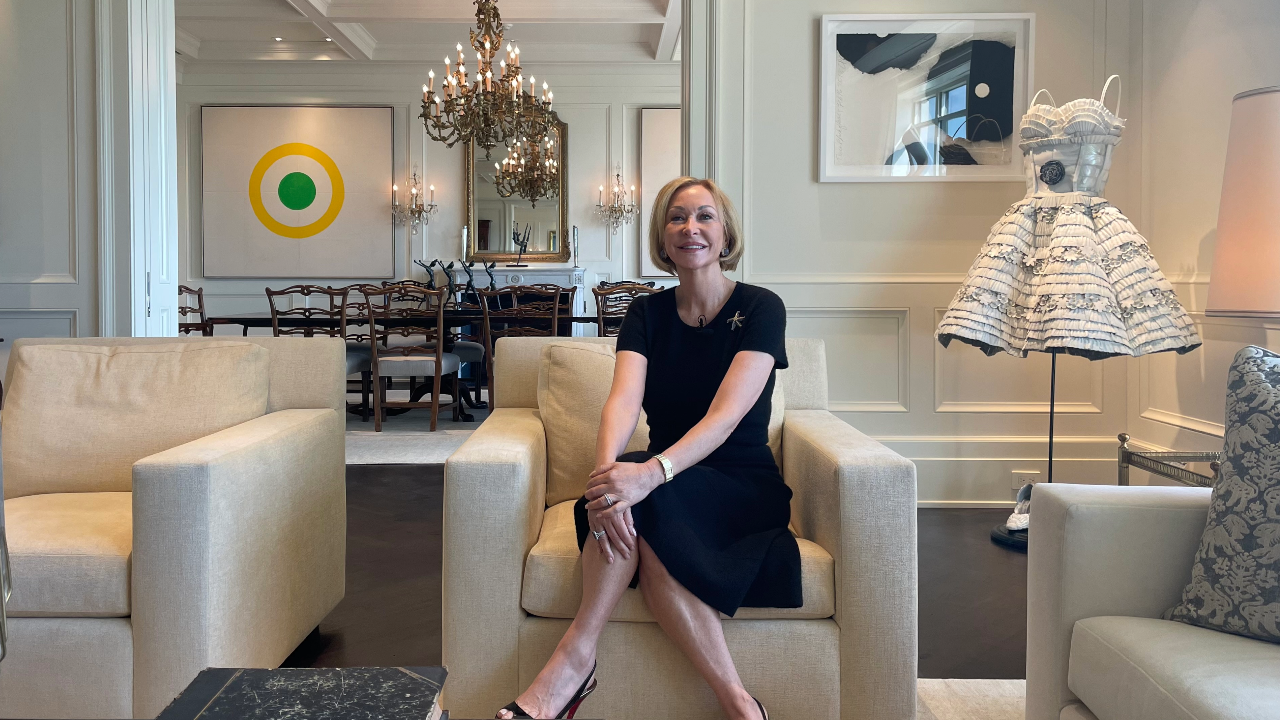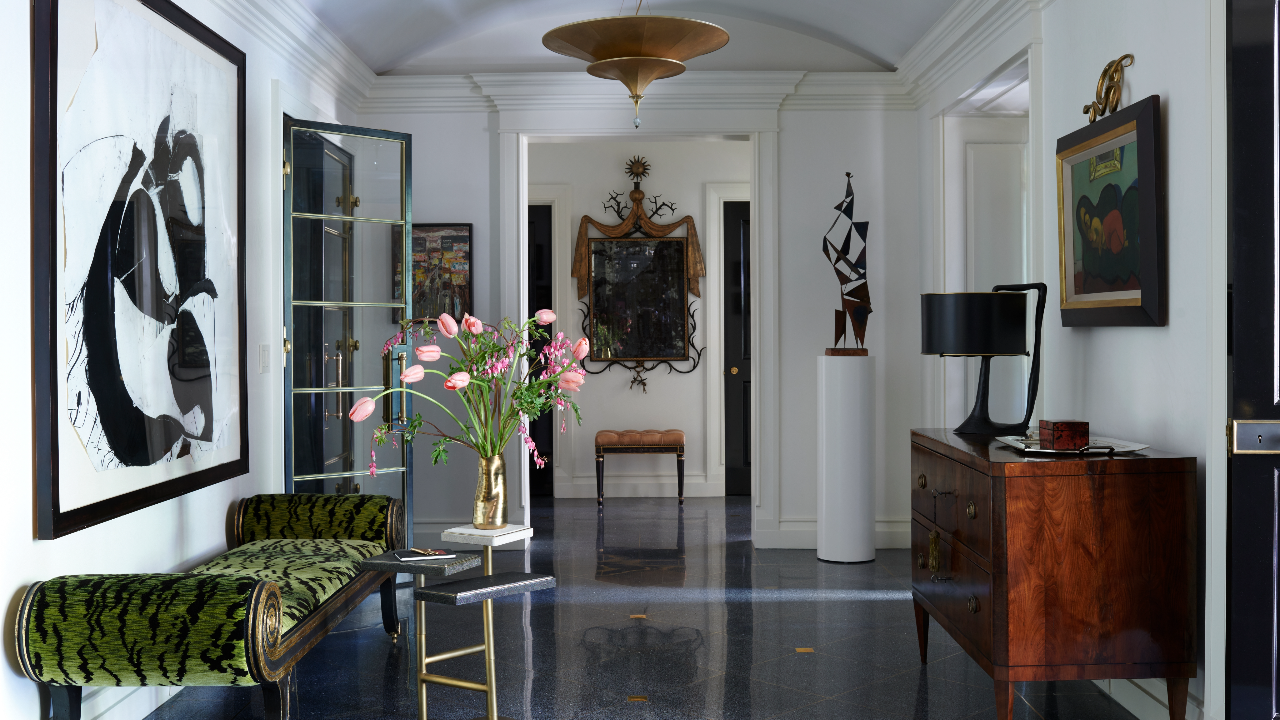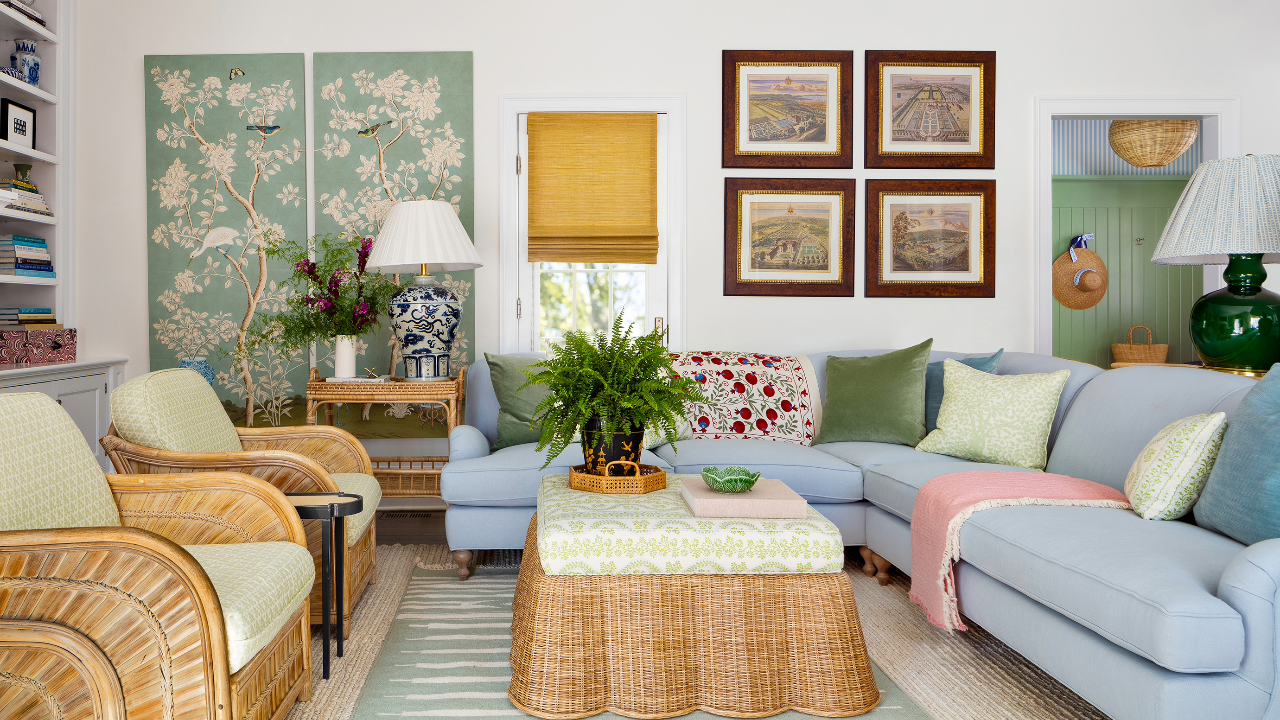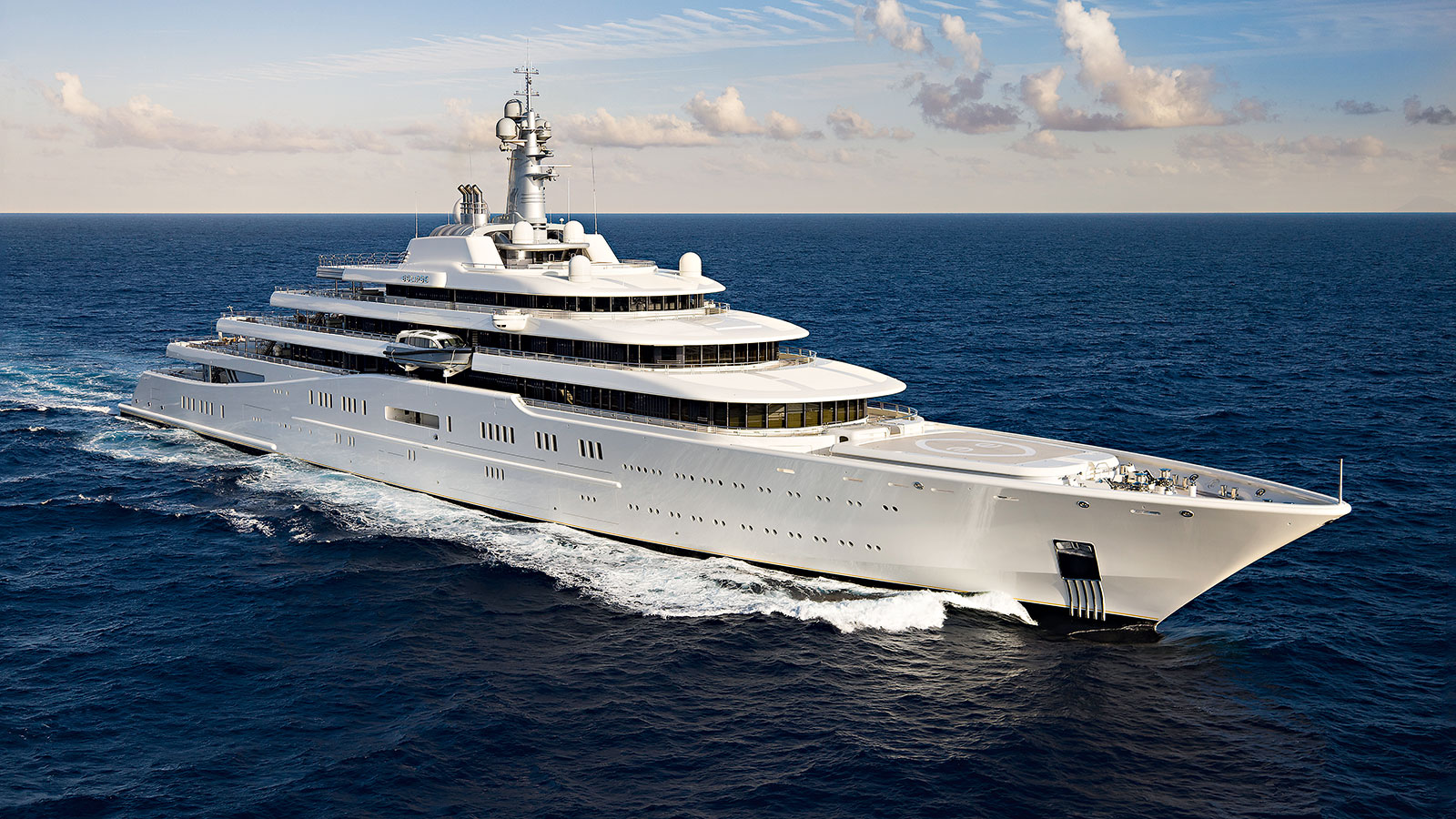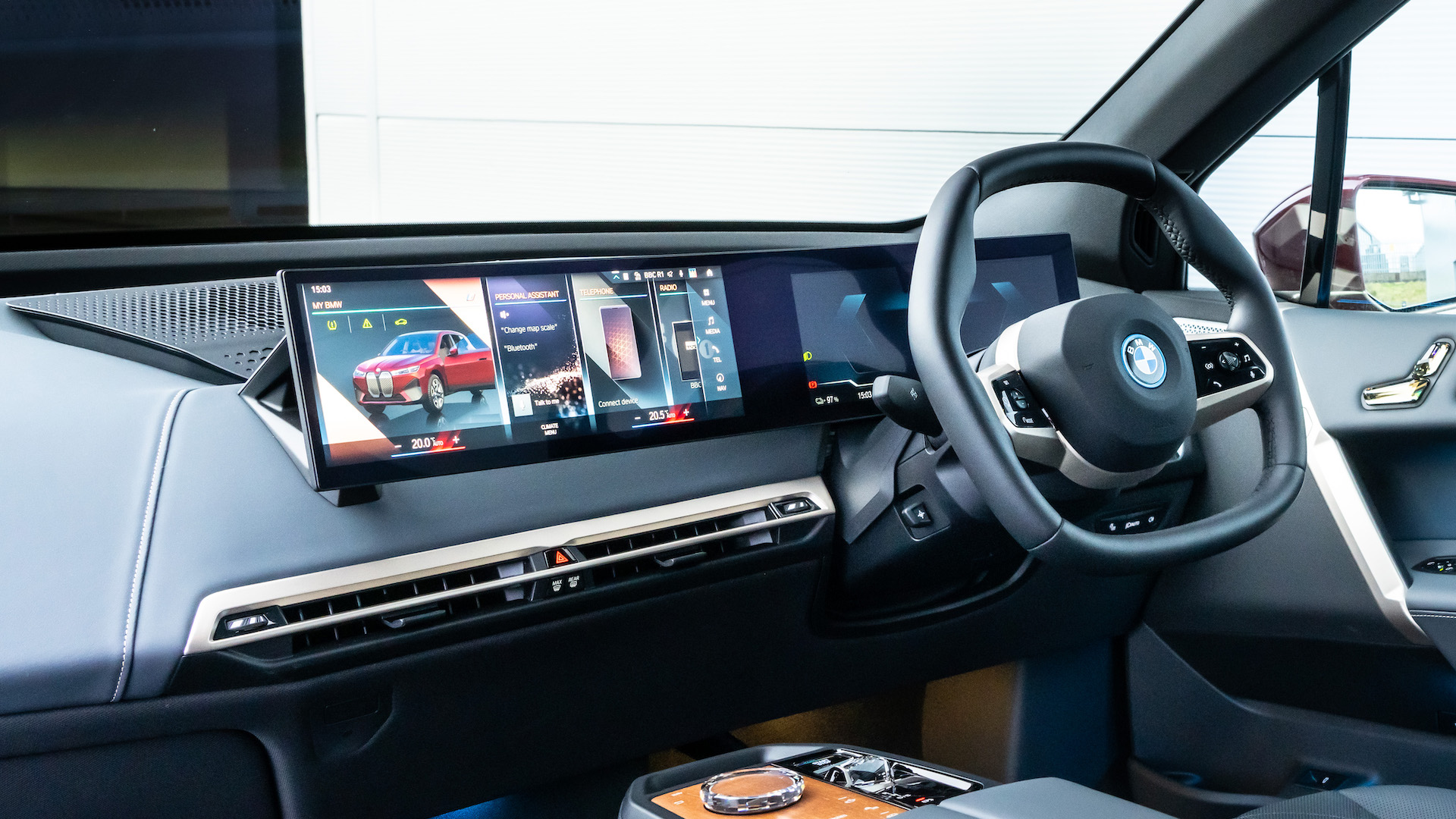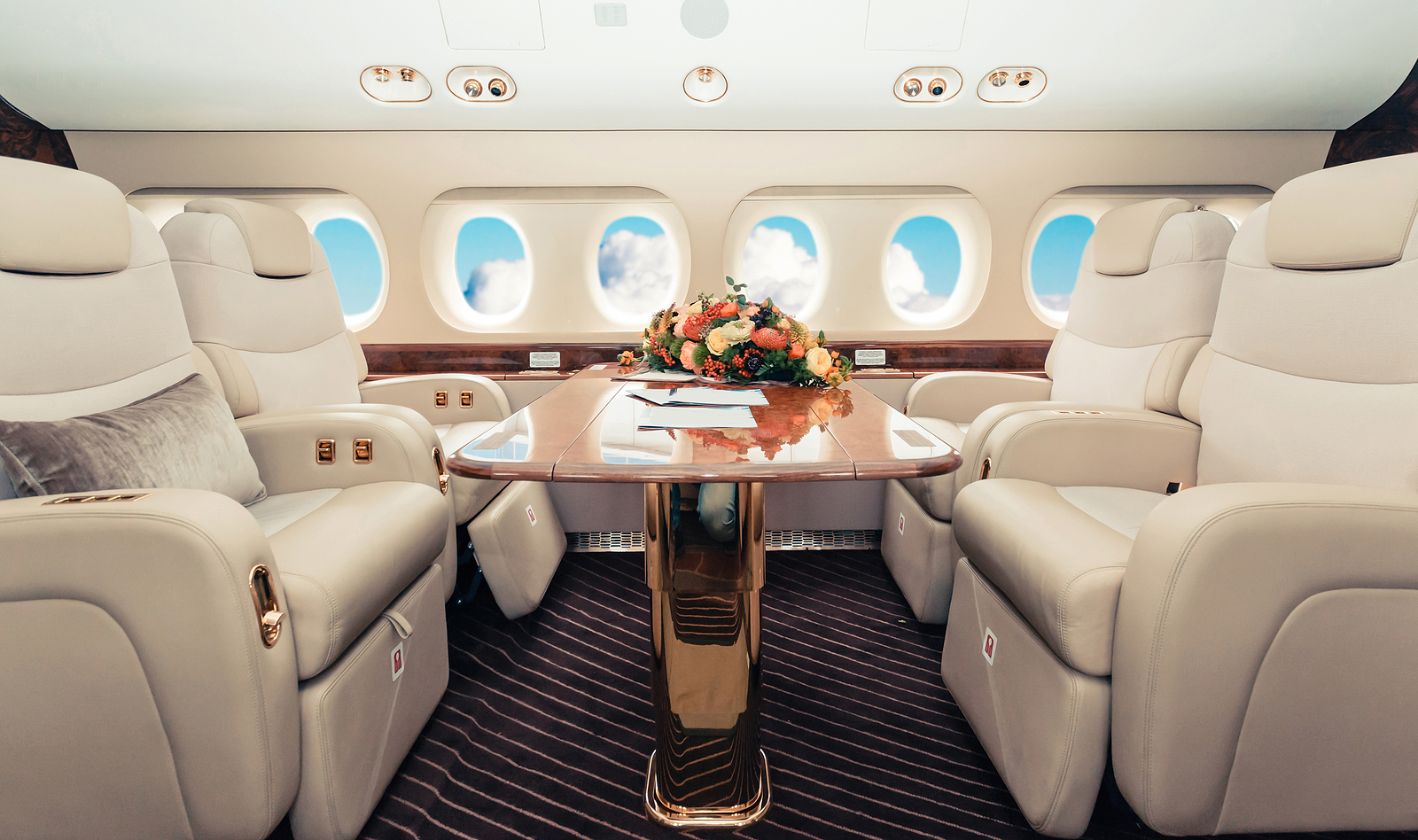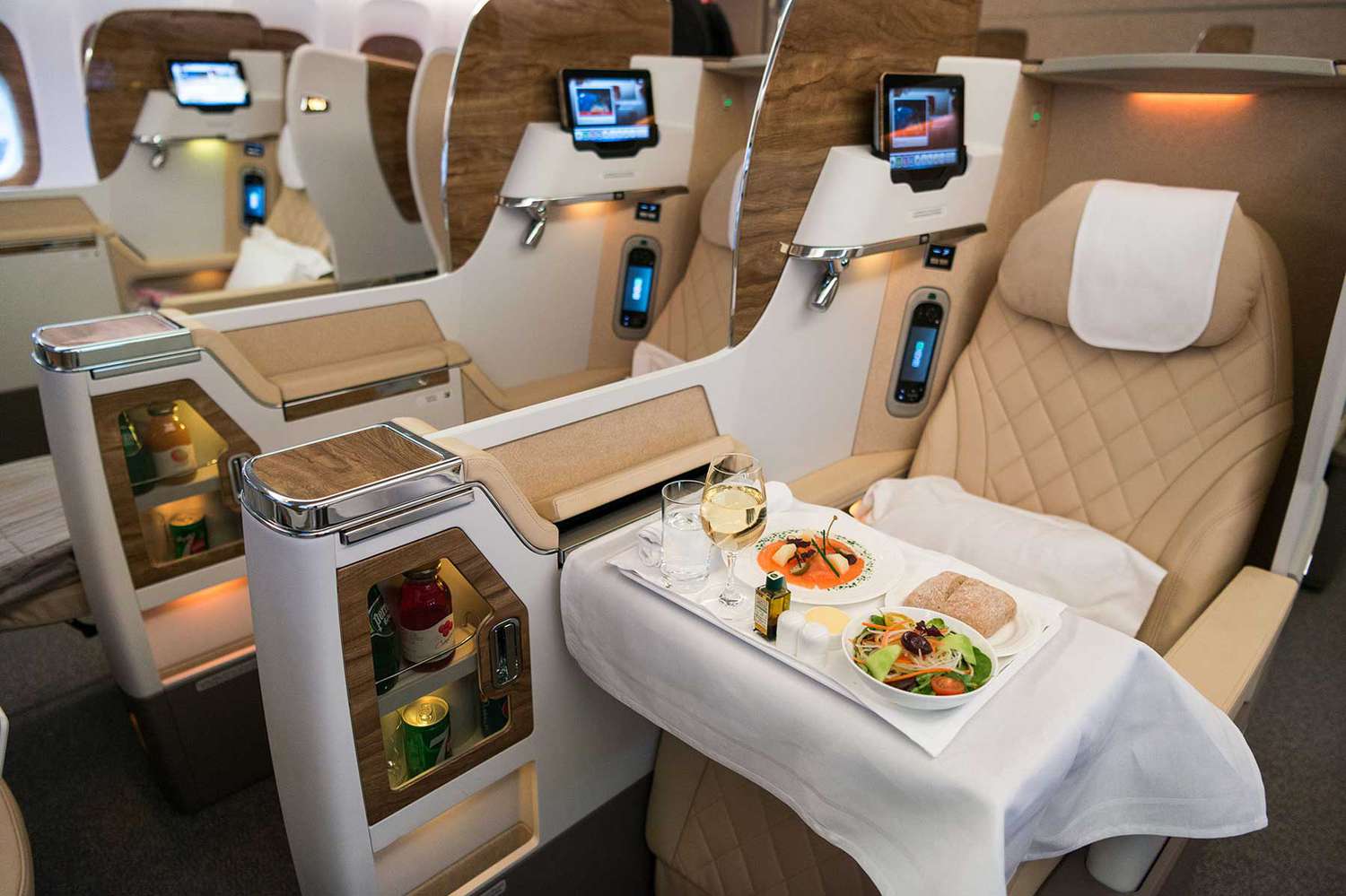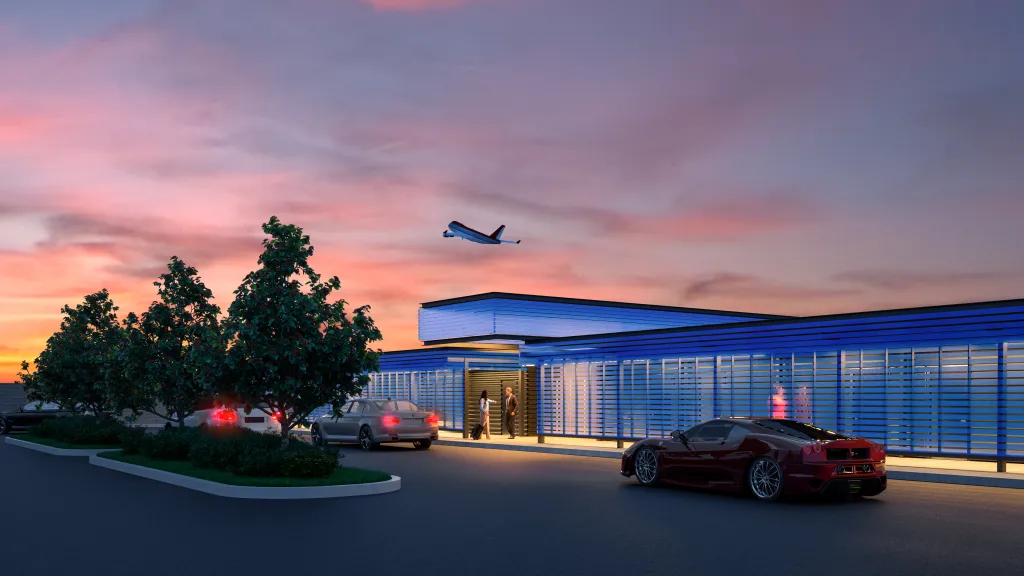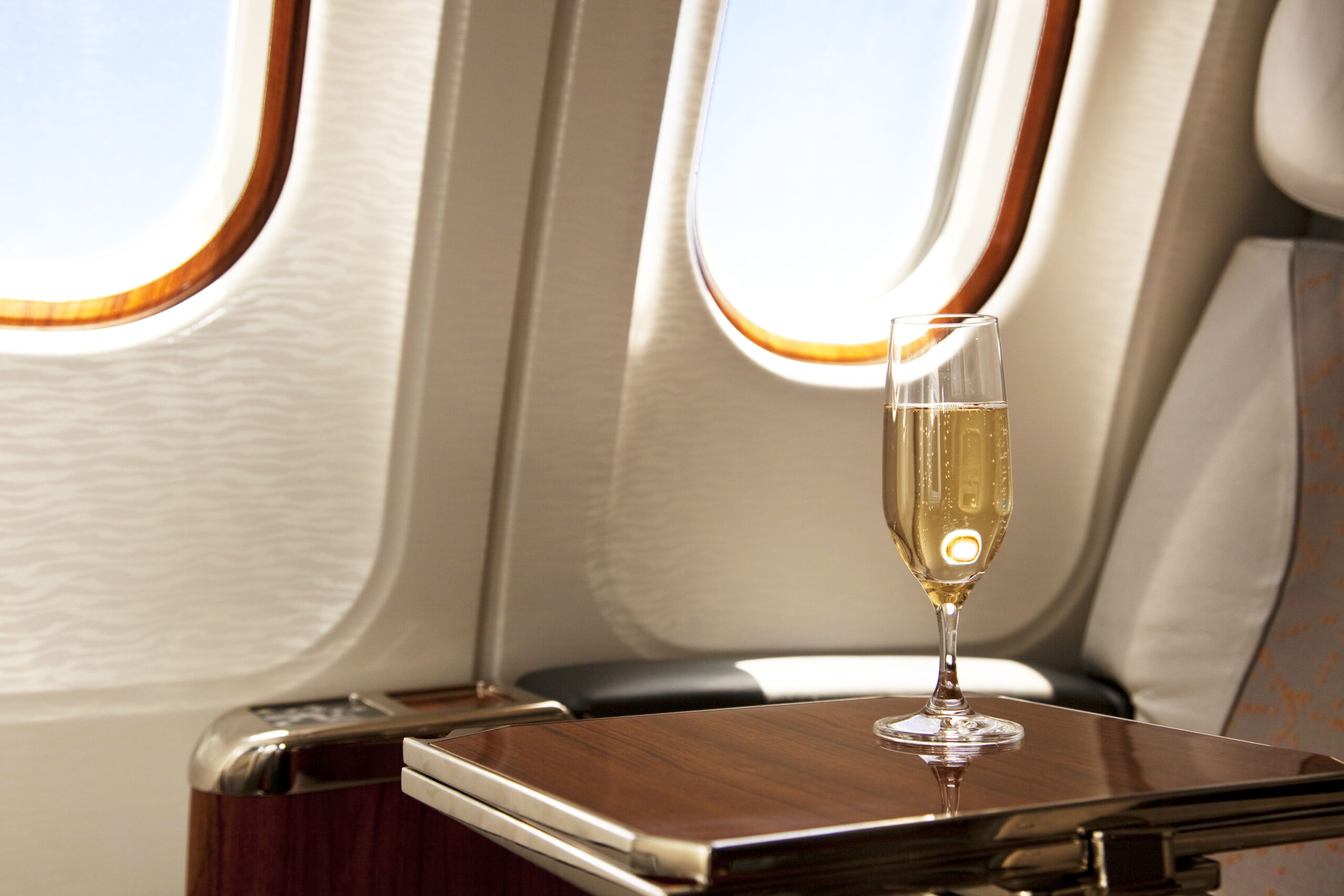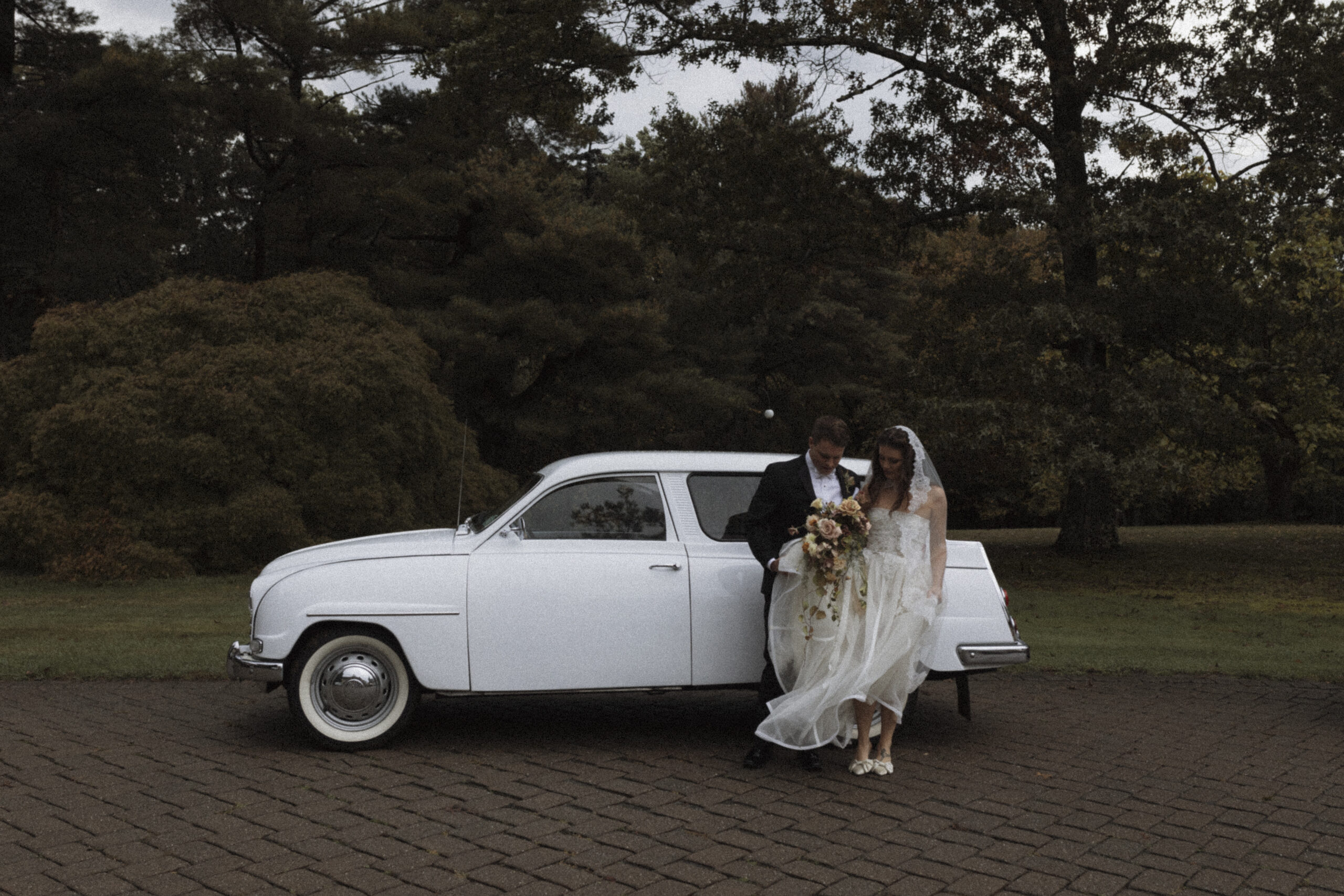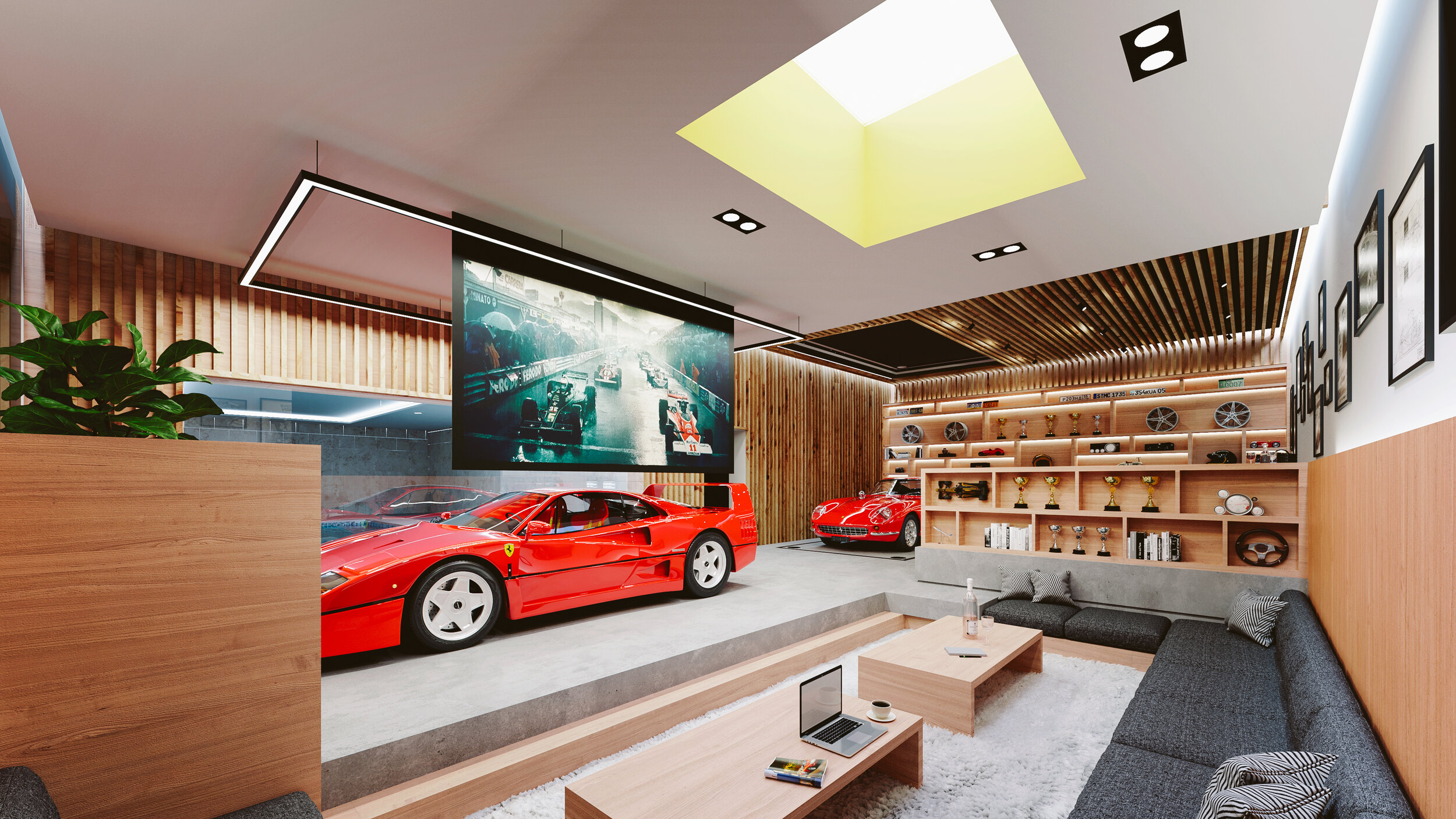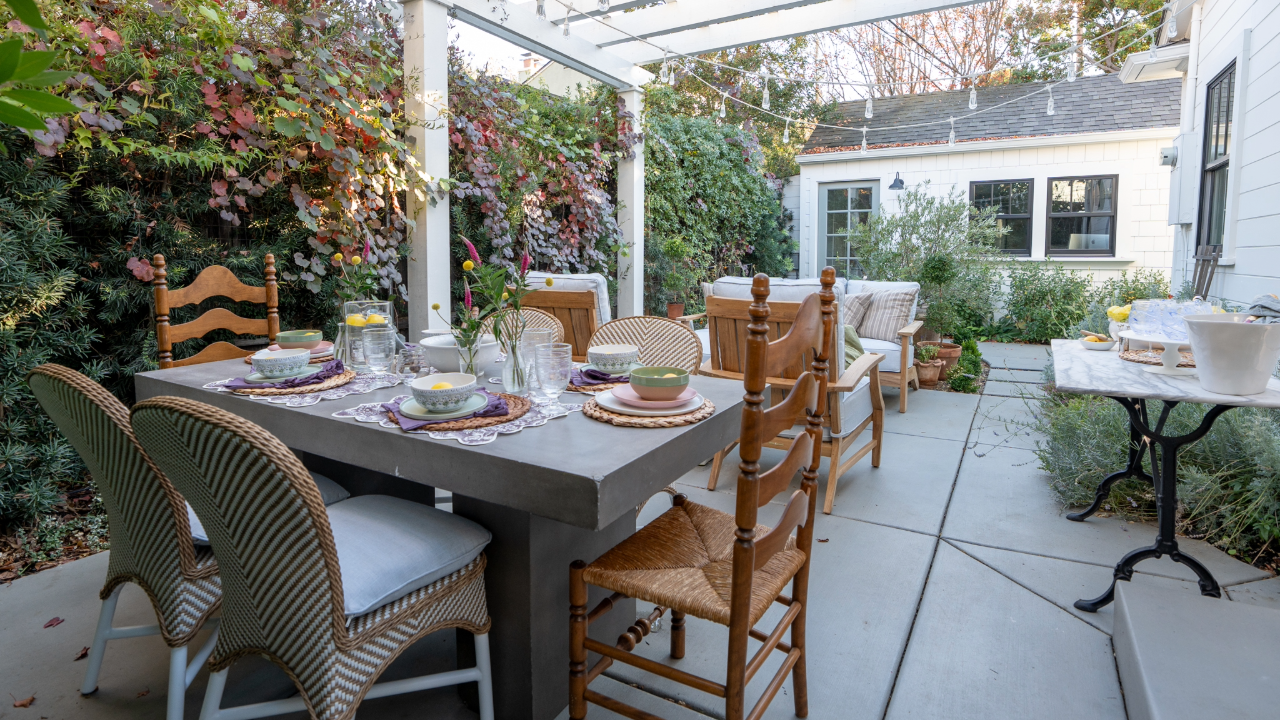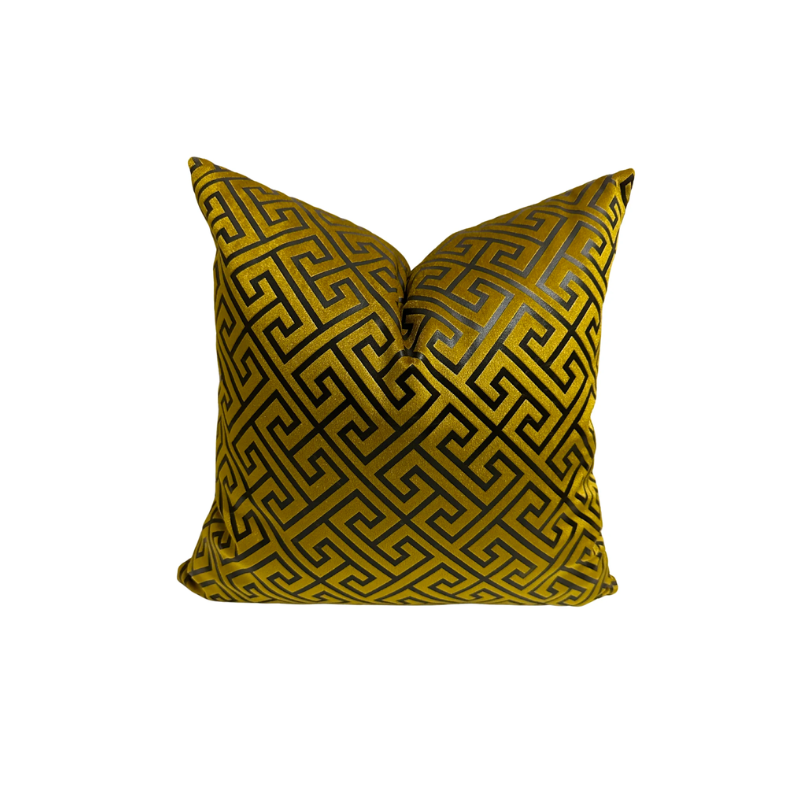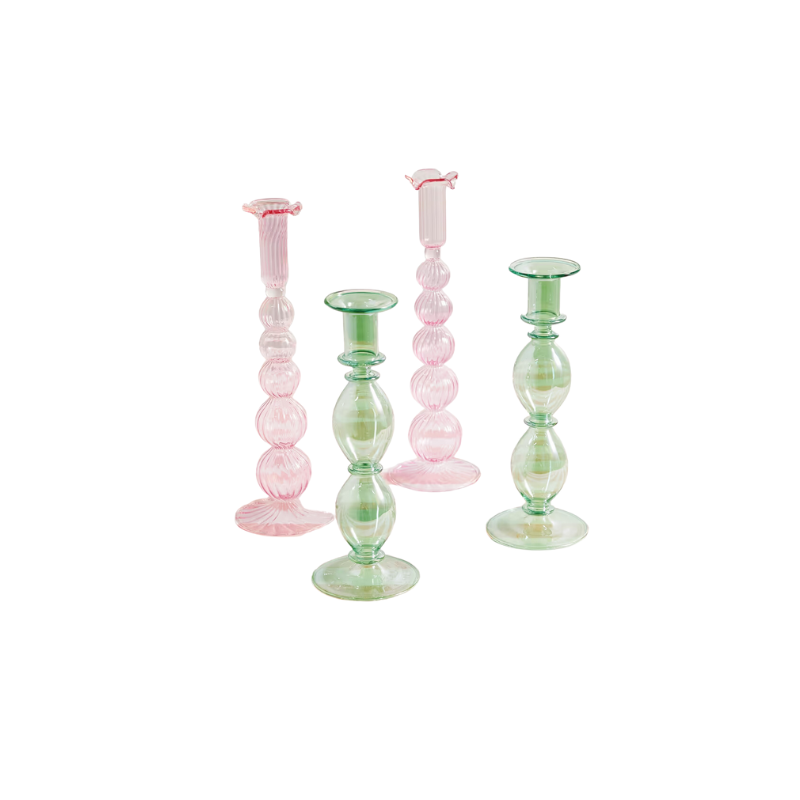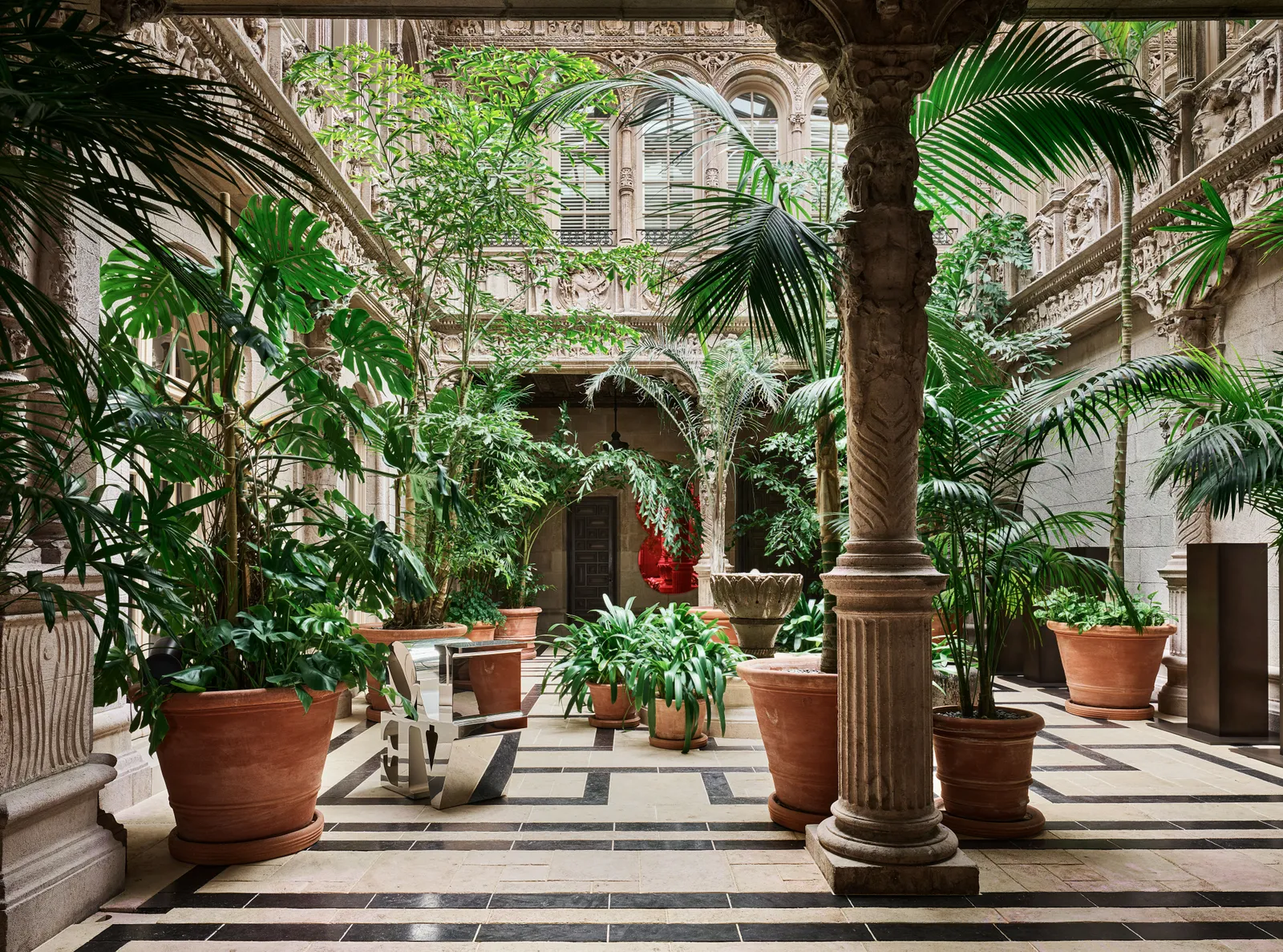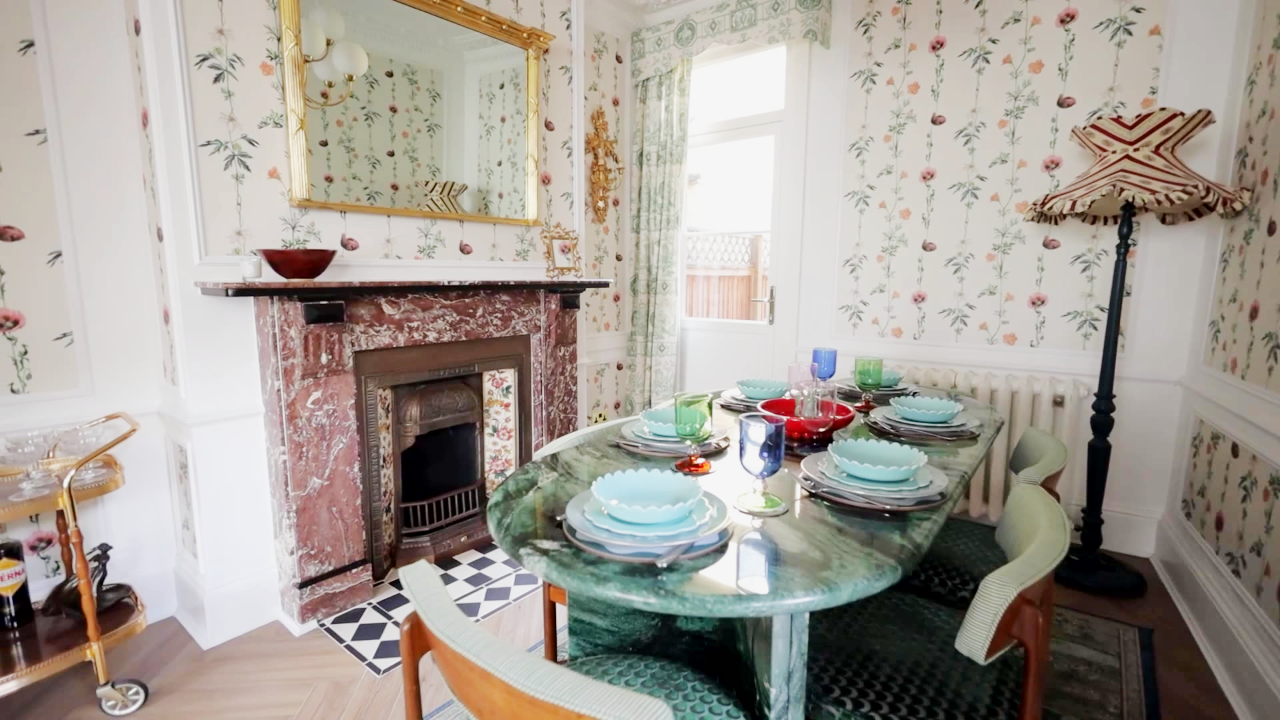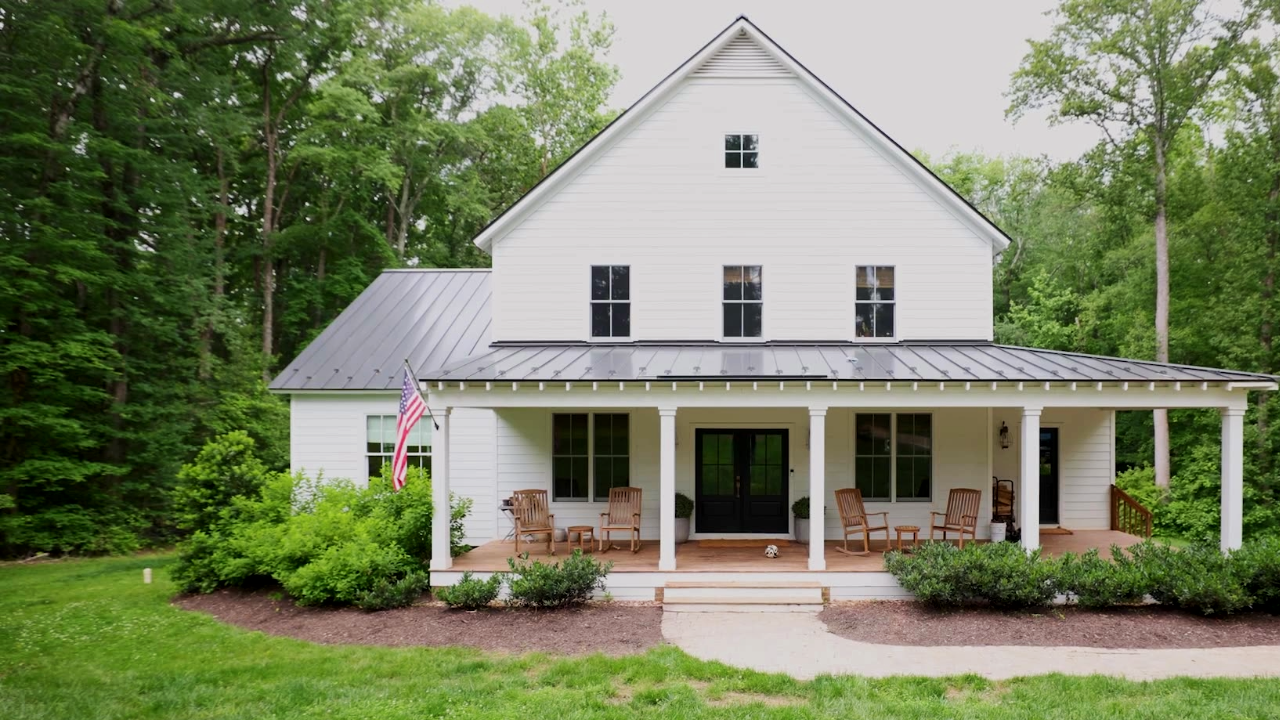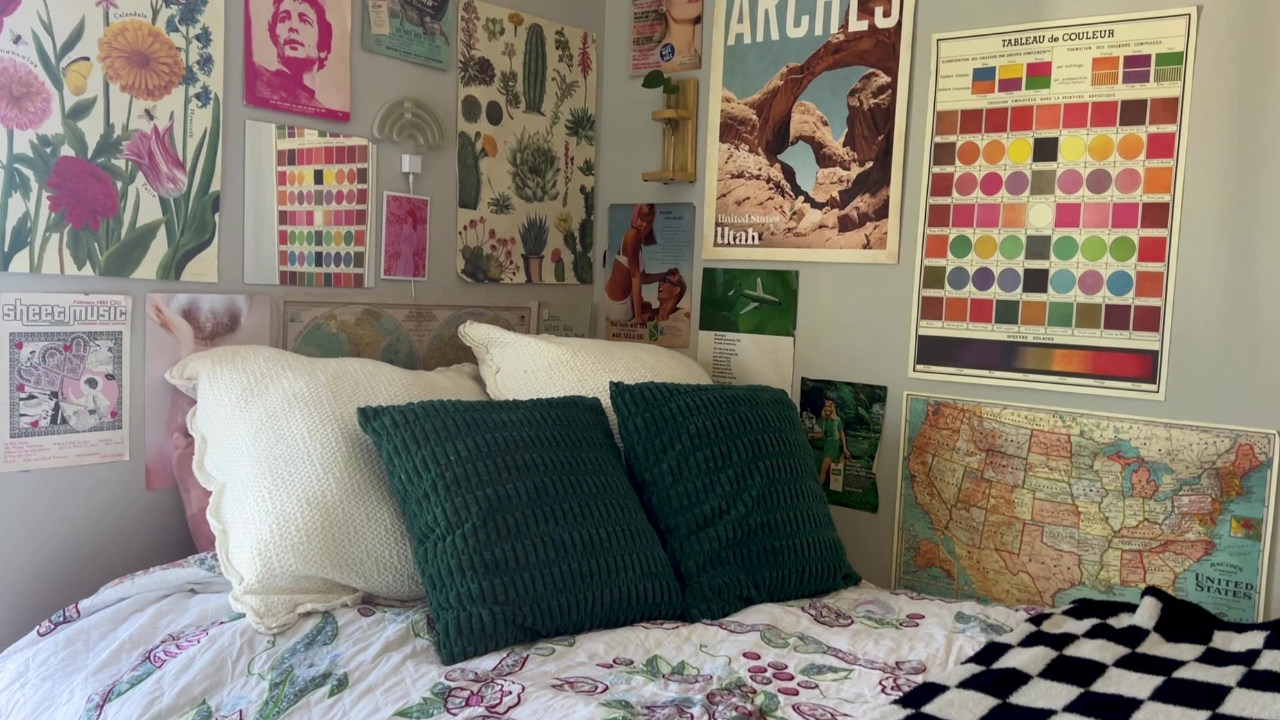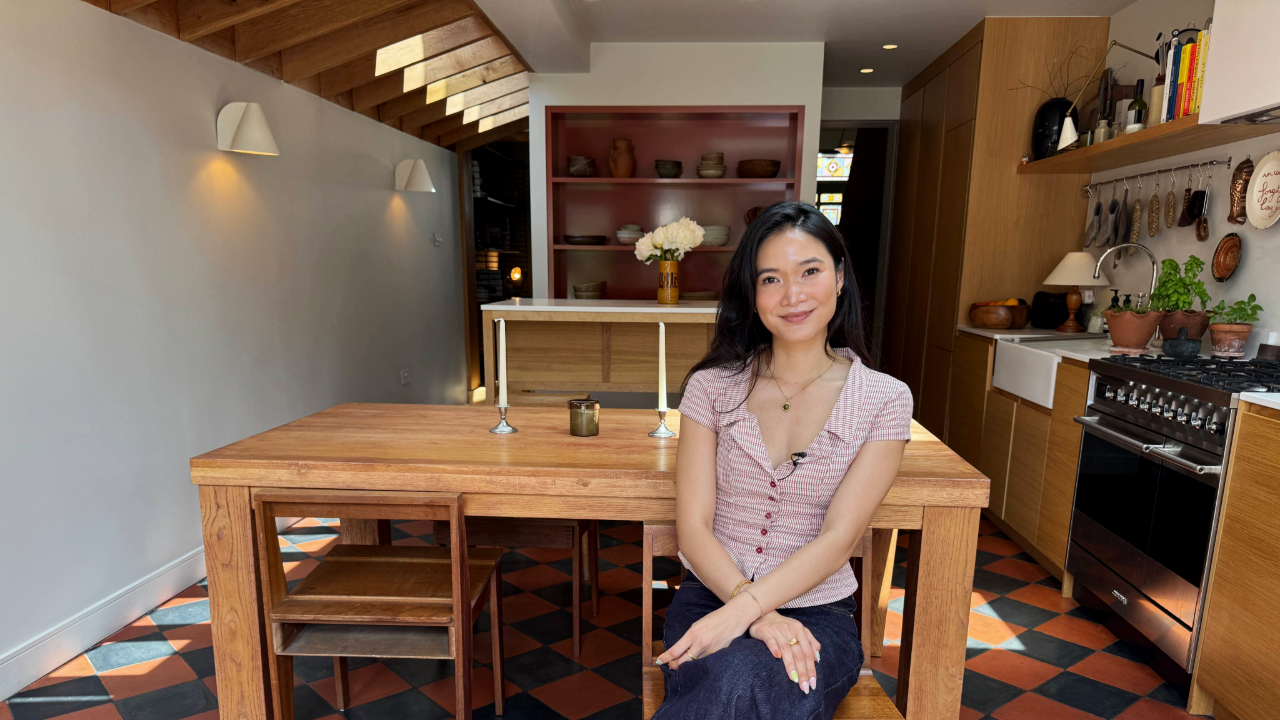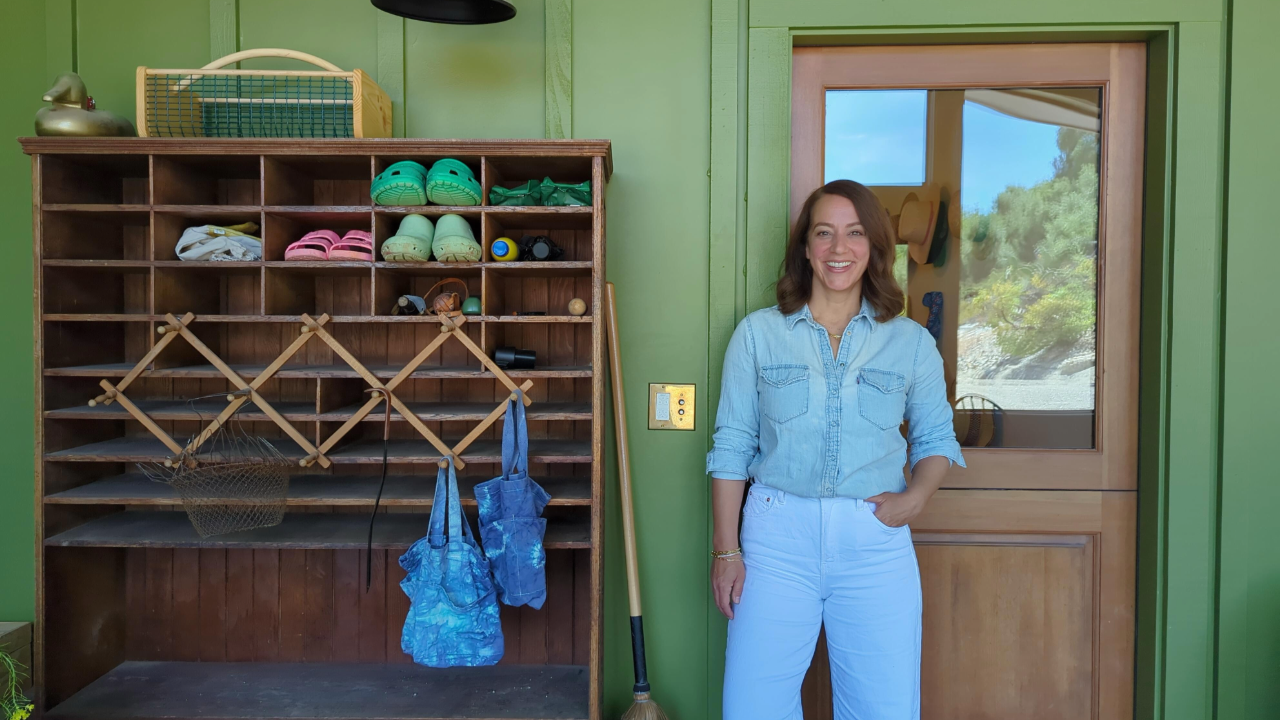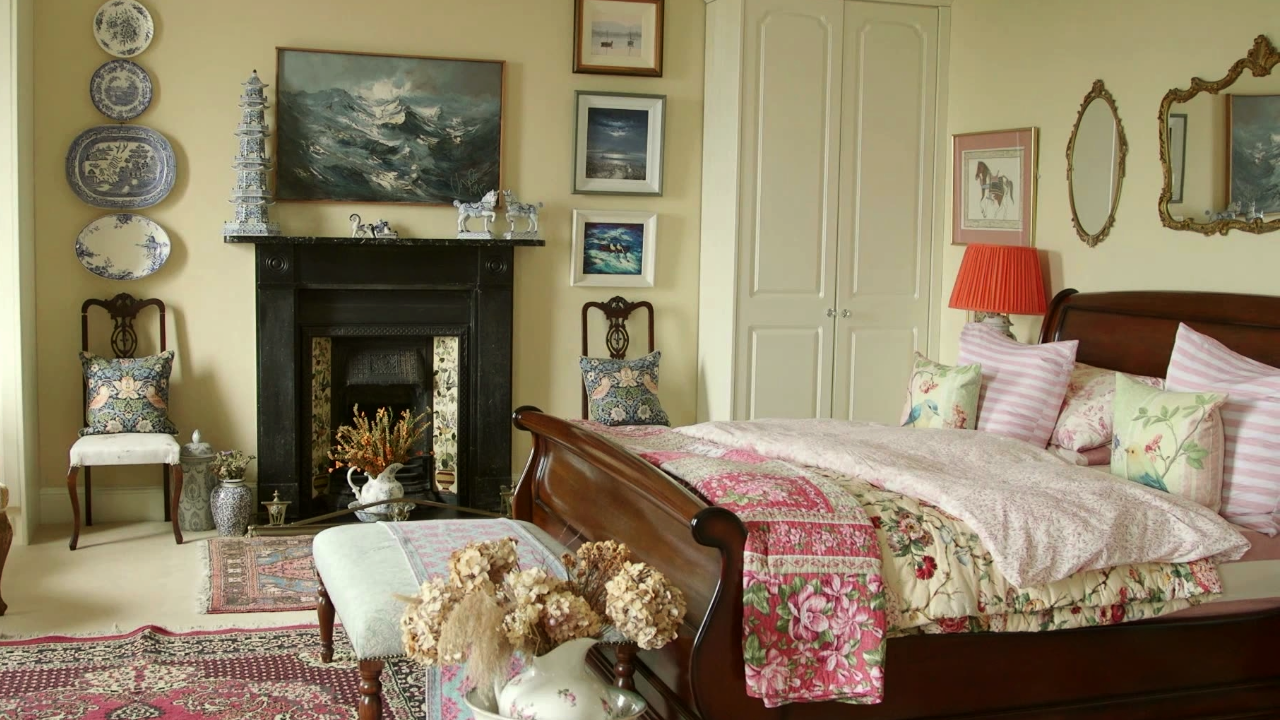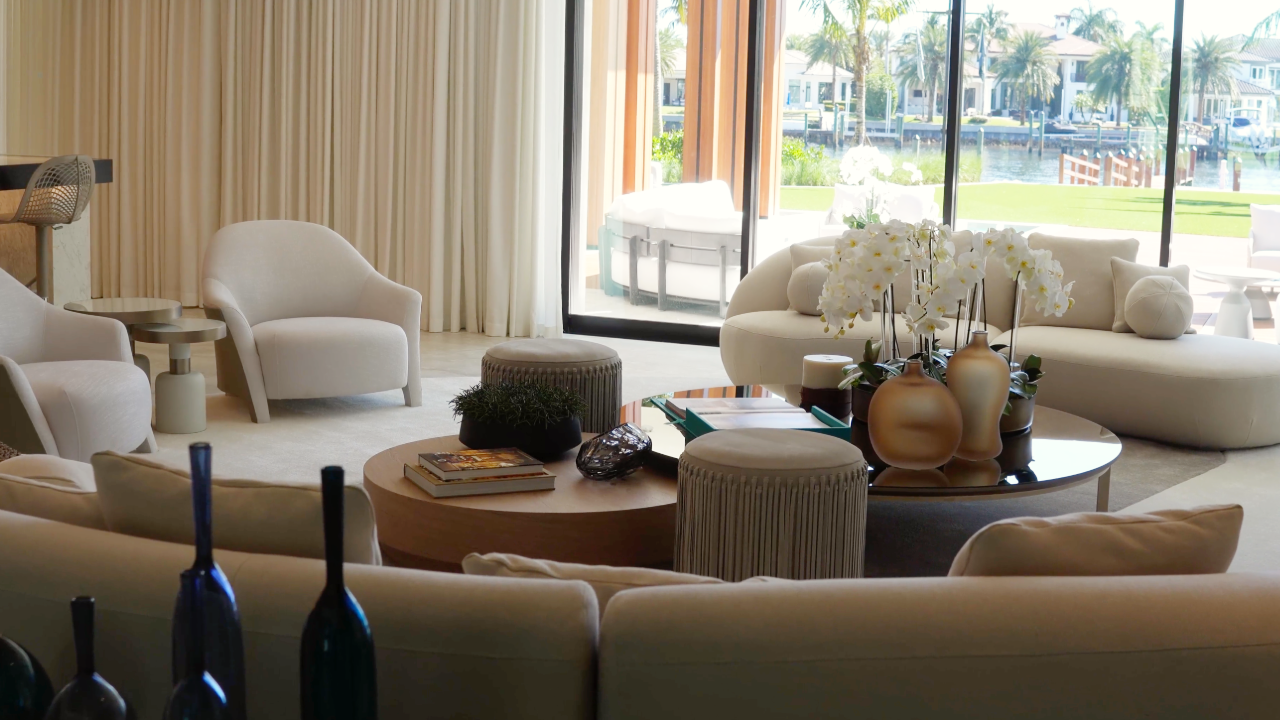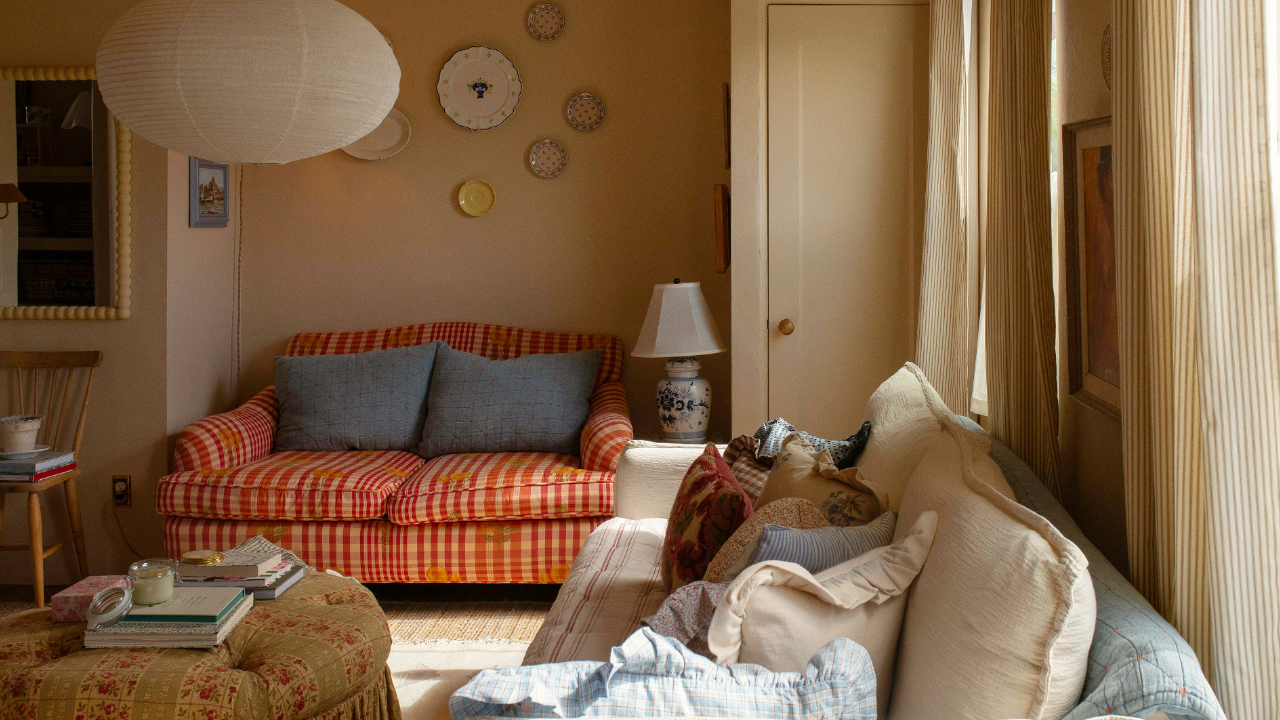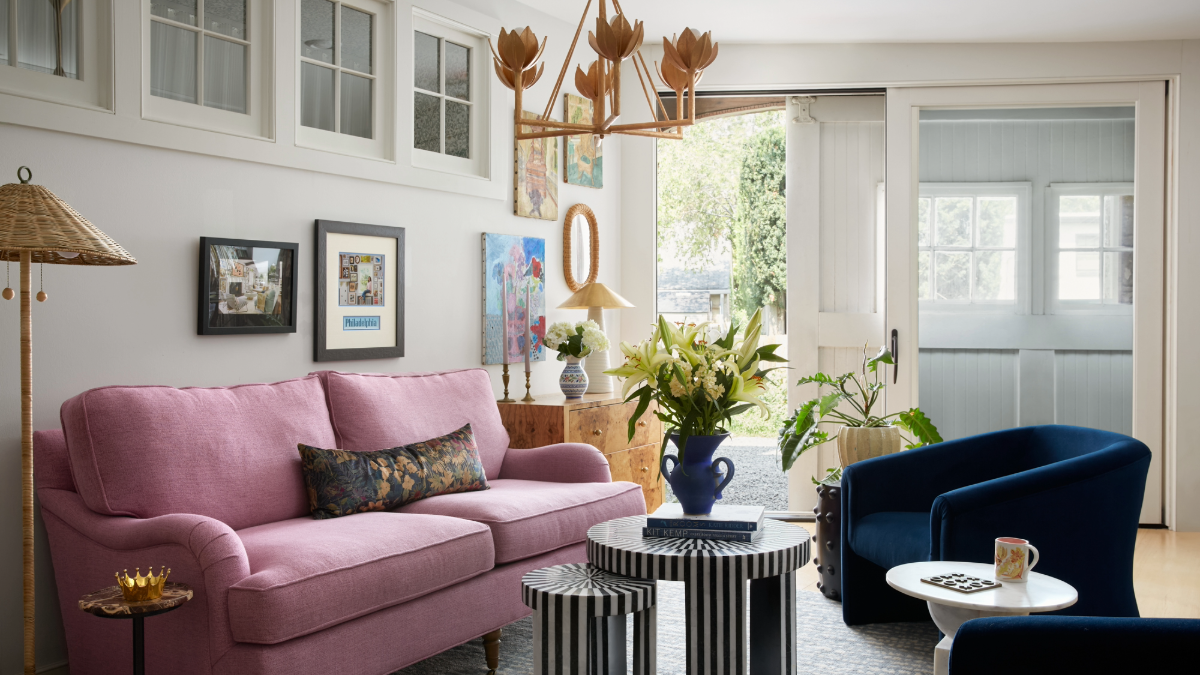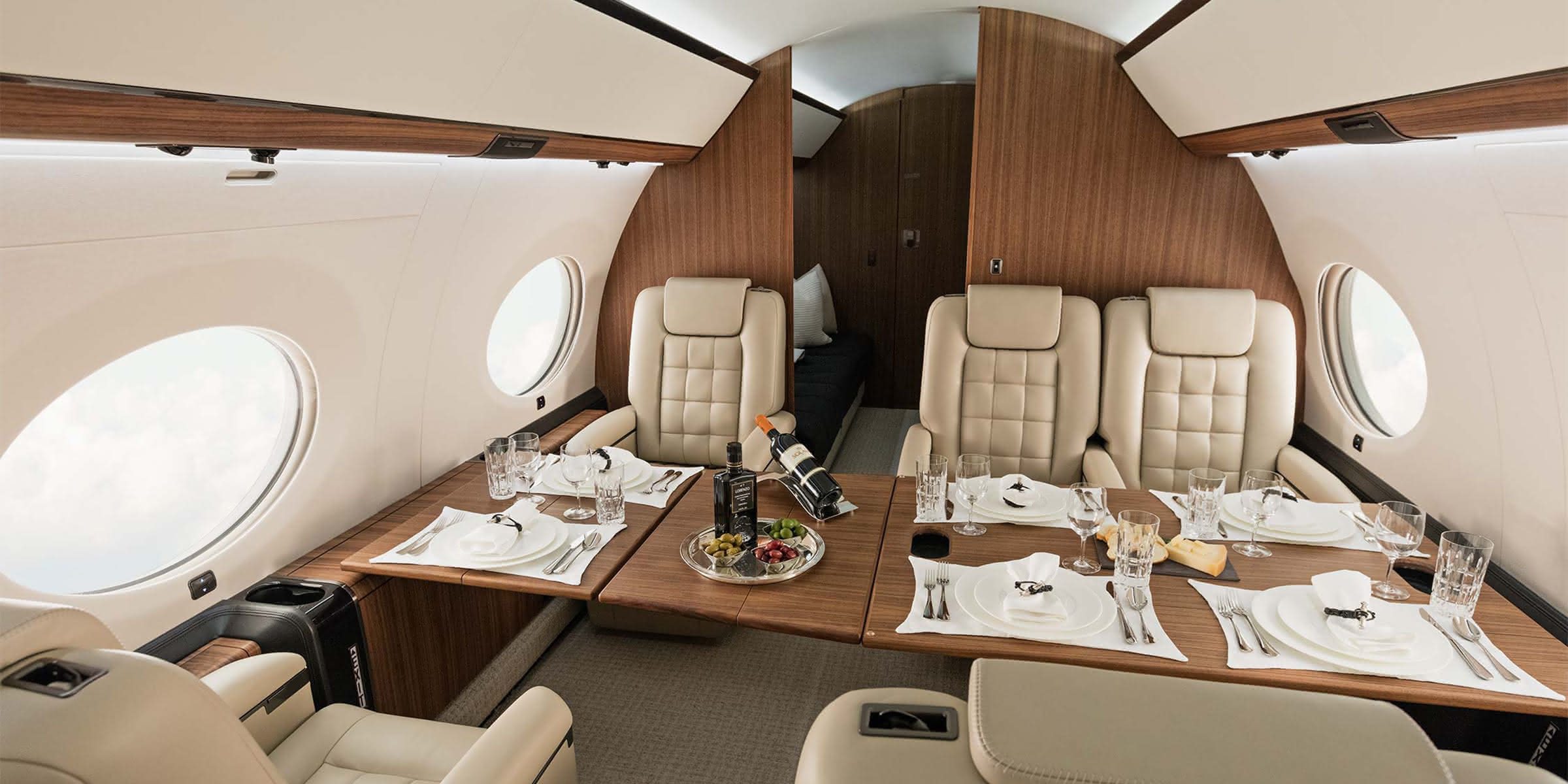
Once, the private jet cabin was a stage for maximalism—baroque wood veneers, gold-plated fixtures, and every surface lacquered to a mirror finish. But today’s jet owners are trading ornate opulence for something decidedly more restrained: a minimalist aesthetic that echoes Scandinavian design and modern art galleries. The result? Interiors that feel spacious, serene, and surprisingly grounded, even while cruising at 500 miles per hour.
This shift toward “mile-high minimalism” reflects a broader cultural change. In an age when personal branding is less about flash and more about authenticity, wealthy flyers want their aircraft to reflect a quieter confidence. Clean lines, muted palettes, and natural materials such as ash wood, concrete, and wool replace the glossy finishes and heavily patterned upholstery of the past. It’s luxury that whispers rather than shouts.
But achieving this look at altitude is no simple feat. Lightweight materials must also meet rigorous aviation safety standards, which often means innovative composites and eco-friendly finishes replace traditional hardwoods and leathers. Designers collaborate closely with engineers to ensure that every chair, table, and wall panel is both beautiful and compliant, while creating a cabin atmosphere that invites calm and focus.
Technology, too, plays a key role in minimalist design. Discreet LED lighting strips replace chandeliers, hidden storage solutions reduce clutter, and touchscreens vanish into cabinetry when not in use. The goal is an uncluttered environment that maximizes usable space—a canvas that lets travelers decompress, work, or simply stare out at the clouds without distraction.
For jet owners seeking a break from overstimulation, mile-high minimalism is the new opulence. It’s a design philosophy that champions less as more, offering a rare kind of luxury: space to breathe, think, and exist, even when hurtling through the stratosphere. In this case, the simplest interiors may be the most profound.
